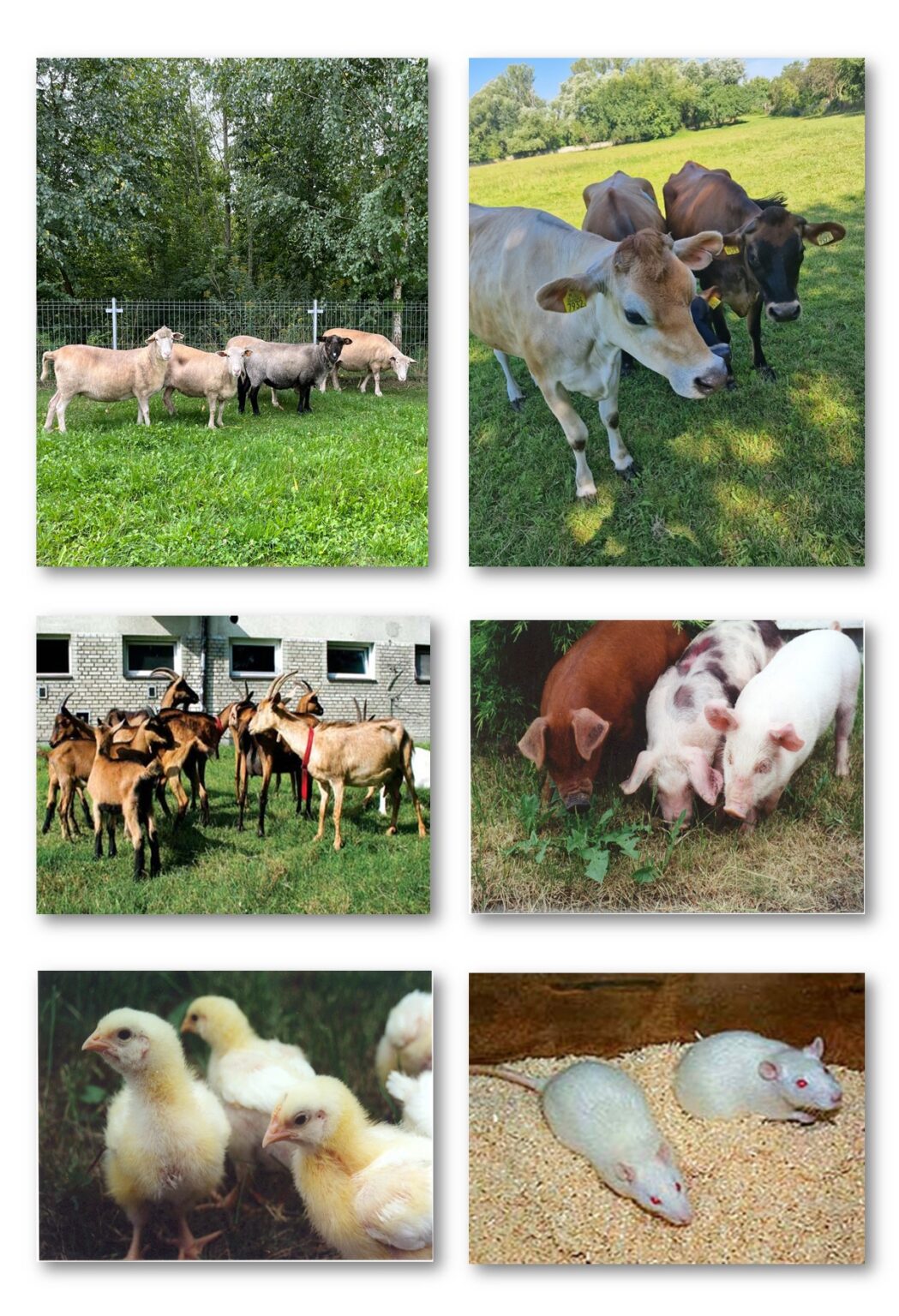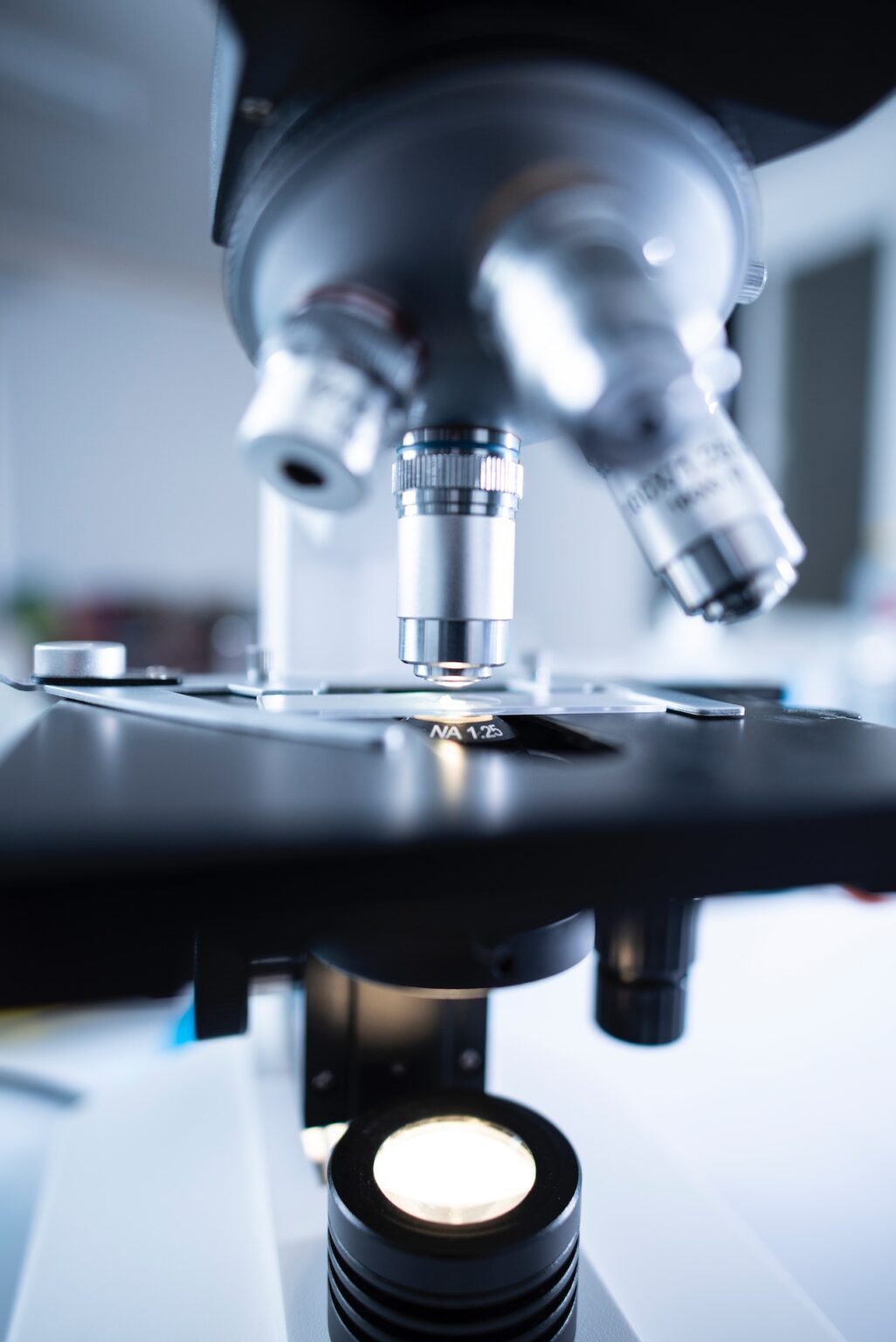General information
The origins of the Institute
The Institute of Animal Physiology and Nutrition, Polish Academy of Sciences in Jabłonna was established in 1955. Prof. Jan Kielanowski, whose name was given to the Institute in 1990, was its creator, long-time director and person who set the main scene for its scientific activity. At the beginning, the priorities were, as Prof. Kielanowski wrote: ‘to characterize the physiology of farm animals, especially high-productive animals, so as to determine the fundamental rules of rational use of these animals’. The accomplishment of this program required participation of many scientists representing different biological and animal sciences – from physiology and biochemistry, through breeding and nutrition to reproduction and functioning of central nervous system.


What we do
The Institute activity is focused on animal nutrition and physiology. The dominant research course in animal nutrition comprises nutrient digestion and metabolism in monogastric and ruminant animals, particularly in young ones.
Apart from feeding physiology, the research on feed composition referring to plant components in feedstuffs, its chemical composition, content and significance of bioactive substances are conducted in the Institute. The studies on the role of symbiotic microorganisms (bacteria and protozoa) colonizing the digestive tract, their species diversity and ability to degrade feed components are also important.
The aims of these research are not only the improvements of nutrient utilization, influence of diet on gastrointestinal tract development and the activity of its microbiota but also the pursue to enhance pro-health properties of animal products.
The results of research conducted over the years on nutritional and energy values of feeds have been the contribution to dietary guidelines for different farm animals (pigs, poultry, fur-bearing animals), and also laboratory animals. The publications are used by livestock breeders, feed companies as well as students and researchers.
Physiological studies are focused on the functioning of hormonal system during the periods of animal growth, development and reproduction. The particular emphasis is put on regulatory mechanisms on the level of central nervous system and pituitary gland.
Among significant achievements of the Institute, already historical research on identification and localization of neurons taking part in synthesis, transmission and release of gonadotropin releasing hormone (GnRH) and somatostatin in the sheep hypothalamus, as well as determination of their realising dynamics and accompanying secretory cell activity of pituitary should be mentioned.
Current studies continue and extend this subject matter and focus on changes in the activity of not only GnRH neurons but also of a number of hypothalamic centres regulating secretion processes in these neurons both in physiological conditions (oestrous cycle, anoestorus, lactation) and under environmental factors (malnutrition, stress, inflammation-caused infections).
Physiological studies concerning regulation of structure and function development of gastrointestinal tract in newborn animals and research on activity and possible using of pancreatic enzymes preparations of exogenous origin in animals with induced pancreas dysfunction in the postnatal period should be mentioned. Such studies are important for human newborns, especially those born prematurely. There are three departments and two laboratories in the Institute where zootechnists, biologists, veterinarians, and chemists and biotechnologists are working.
Young researchers can obtain here a doctoral degree in the field of agricultural sciences. The currently performed scientific research are characterised by modern methodology leading to describe physiological mechanisms responsible for maintaining the organism homeostasis and increasing animal productivity. Apart from scientific activity, the Institute publishes the above mentioned dietary guidelines, international scientific journal entitled Journal of Animal and Feed Sciences and scientific monographs.



